Isotech offers a full range of Fiber, C02, UV, Green, MOPA, Nanosecond, Picosecond and Femtosecond laser systems for marking, cutting and welding of many substrates. Isotech offers both standard systems as well as fully automated or custom systems depending on your specific requirements. Integrated, automated solutions with conveyors, palletized pick and place, rotary dial tables, hoppers, and...

For over 50 years, we have been continuously improving upon and developing new industrial laser systems, with a focus towards the processes of cutting; welding; marking and engraving; and micromachining, providing unmatched total solutions to our global customers. We are a technology driven company, offering laser system customization and providing a “One Stop” laser technology solution and...

Hai Tech specializes in state-of-the-art laser technology, offering both new and refurbished industrial lasers and marking lasers for automotive, tooling and electronic applications. We have over 20 years of experience in laser system design so we can serve you better! For more information, contact a Hai Tech representative today!

Laser Marking Technologies LLC engineers laser systems for the medical, manufacturing, and automotive industries. We provide you cutting-edge technology at competitive prices. We are making innovative strides with fiber lasers, 3D printing tech, and automation capabilities that optimize manufacturing processes. Visit our site today to learn more about what our laser expertise can do for you.

TYKMA Electrox specializes in the design and manufacture of permanent industrial marking laser systems. Product line includes laser marking systems, electrolytic etch marking systems, needle marking systems and customized workstations. We are at the forefront of new product designs and problem solving.

If your business has a challenging component to mark on, our team at Automark will help you solve the problem. We supply laser and marking systems for a multitude of industries. Our team of engineers is ready and willing to tackle any of your challenging assignments. If you have any questions feel free to give us a call and a representative will speak with you today!

More Medical Laser Manufacturers
Hospitals, outpatient clinics, doctors' offices and many other healthcare contexts are host to a wide variety of medical laser equipment; the number of healthcare-related applications for which lasers are used grows every day. Skin care procedures like stretch-mark reduction, psoriasis treatment and facial resurfacing are often-practiced medical laser treatments.
Eye treatments like LASIK and photorefractive keratectomy are laser-intensive processes. Neodymium and erbium-doped yttrium aluminum garnet lasers (YAG lasers) are used in many medical procedures like wart removal. Some laser varieties can also be used for cancer treatment.
Laser is an acronym for Light Amplification by Stimulated Emission of Radiation. All laser beams are amplified, focused light. A laser beam is generated by the stimulated emission of radiation from a gain medium. A gain medium is the material from which a laser beam is generated; when a gain medium is excited by electricity, the medium's electrons move between energy levels, releasing radiation as a result.
This entire process takes place within an enclosure. Within that enclosure, several reflective surfaces positioned strategically throughout the enclosure are used to direct the light into a lens at an opening in the enclosure. That lens focuses the light, and depending on the laser system's configuration, it may be followed by more lenses that focus or reshape the light beam even further.
Medical laser varieties distinguish themselves from each other by the wavelength of the light they produce. Lower wavelength laser systems, like excimer lasers, produce ultraviolet lasers, while higher wavelength light is produced by CO2 lasers. Different surfaces react in different ways to concentrated light of different wavelengths. For example, excimer lasers don't produce very much noticeable heat at their focal points; instead, they cut tissue by causing it to break down. CO2 lasers, on the other hand, are used because they are capable of generating high enough levels of heat to melt metals.



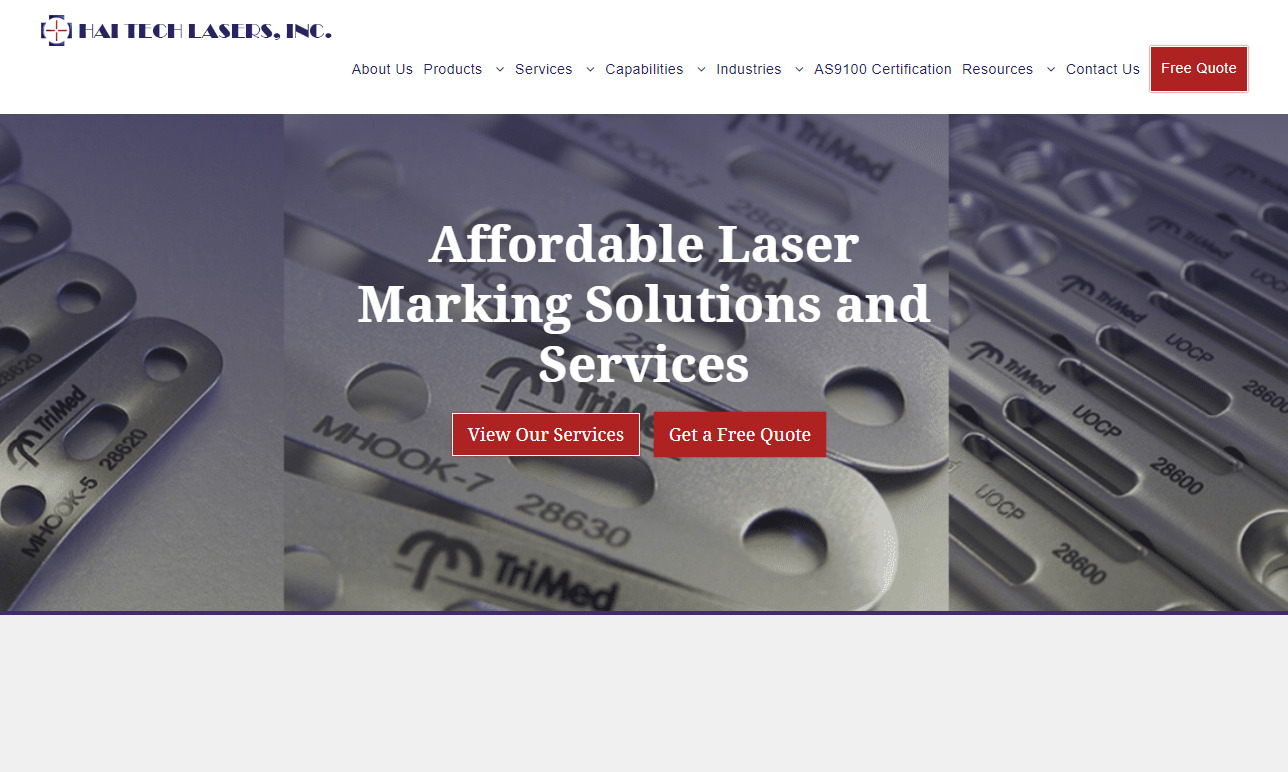

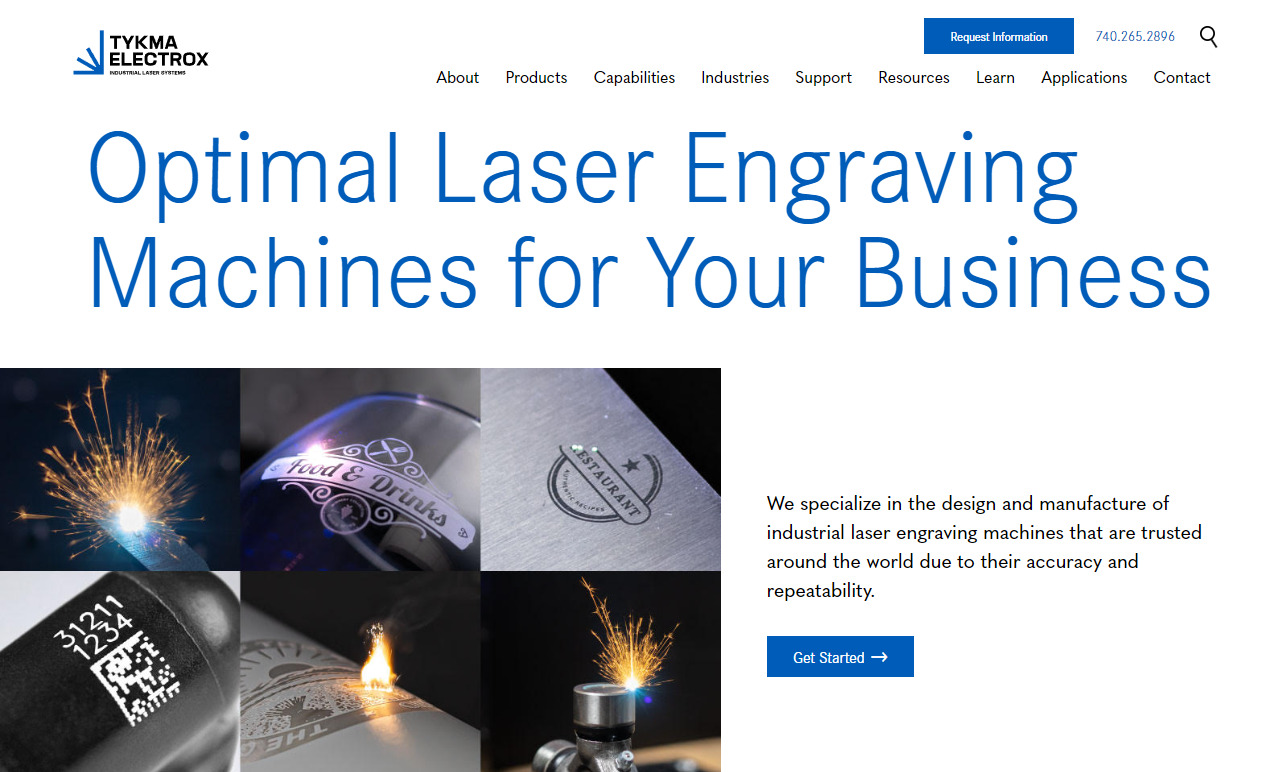

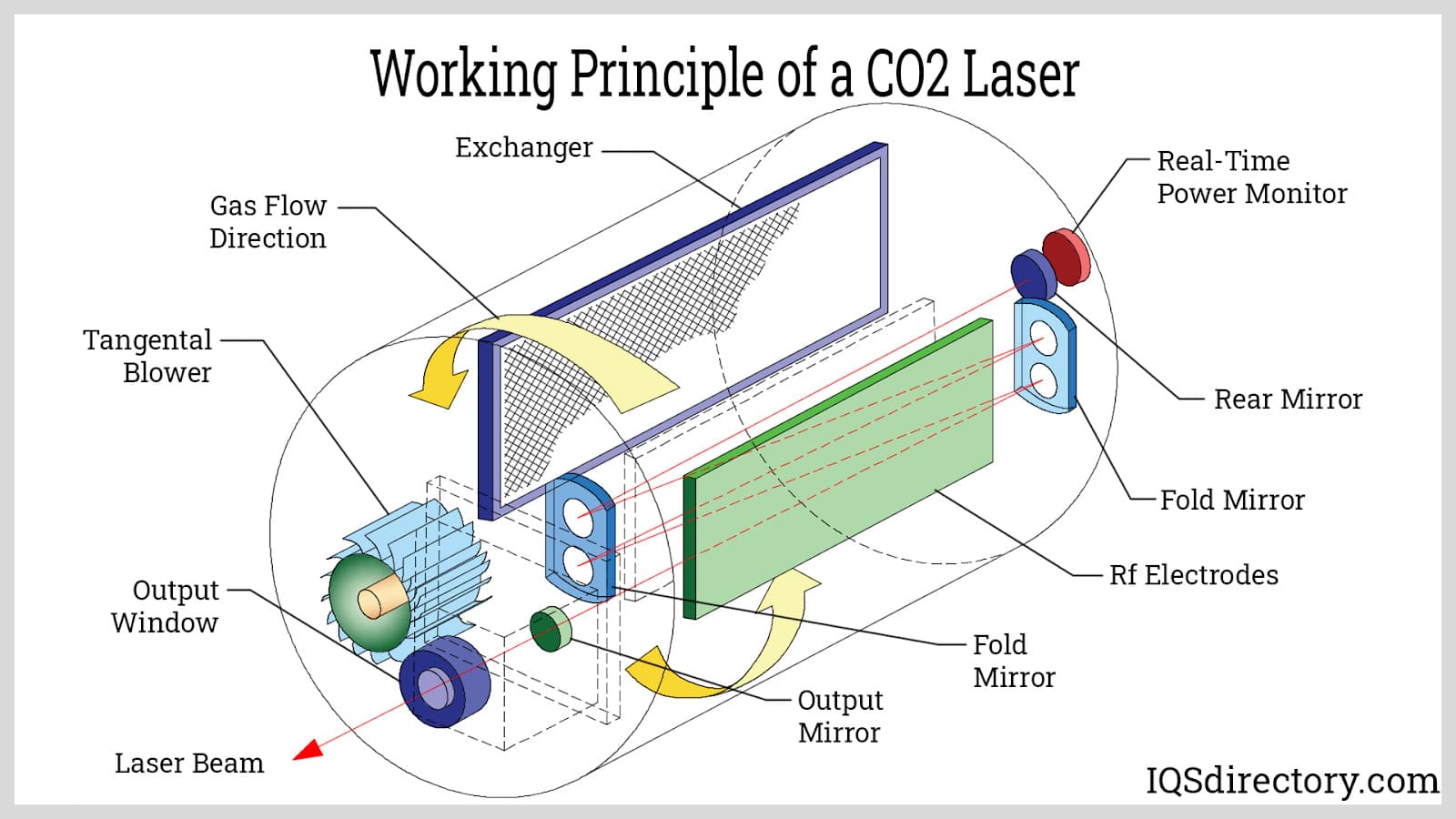
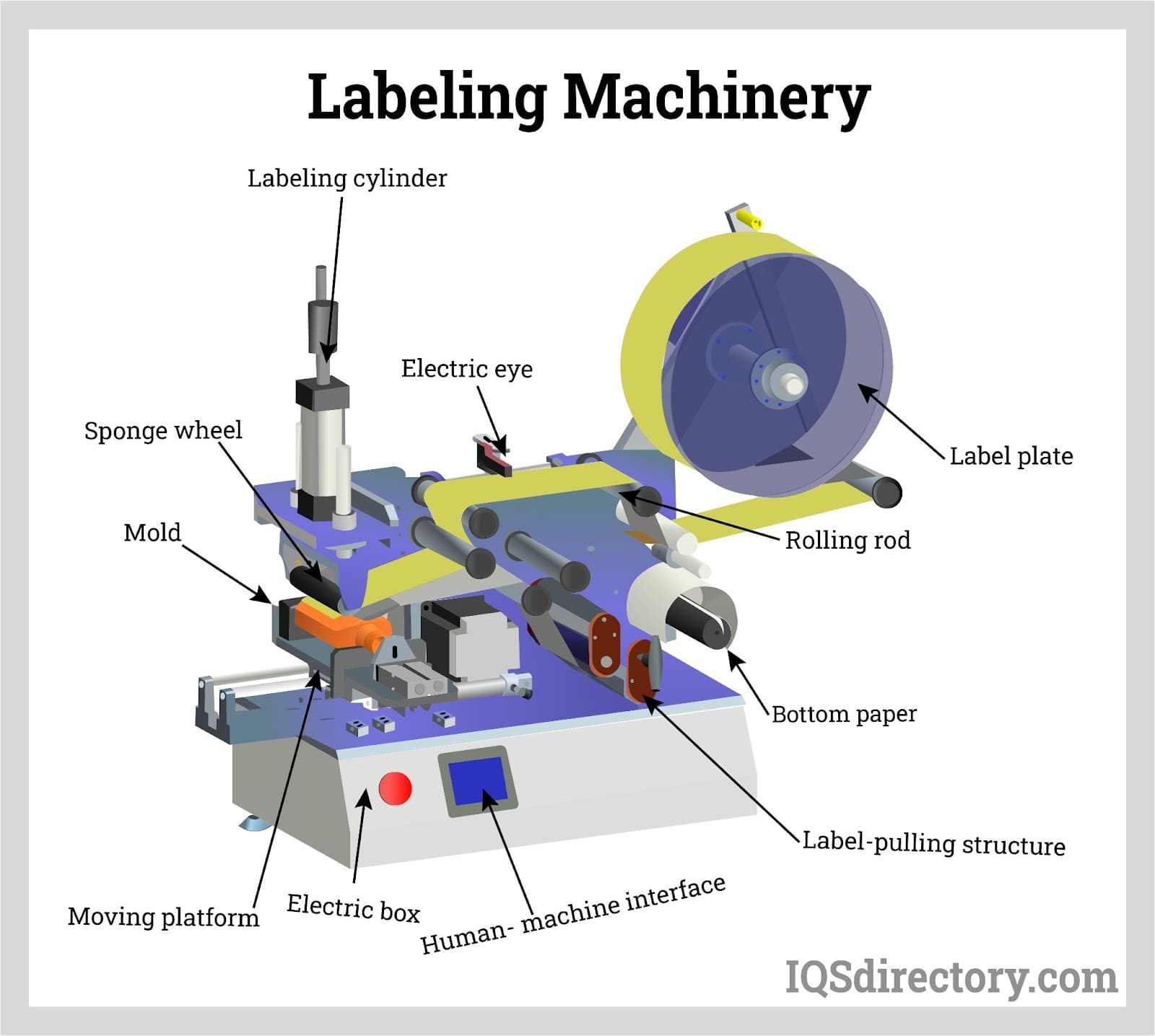
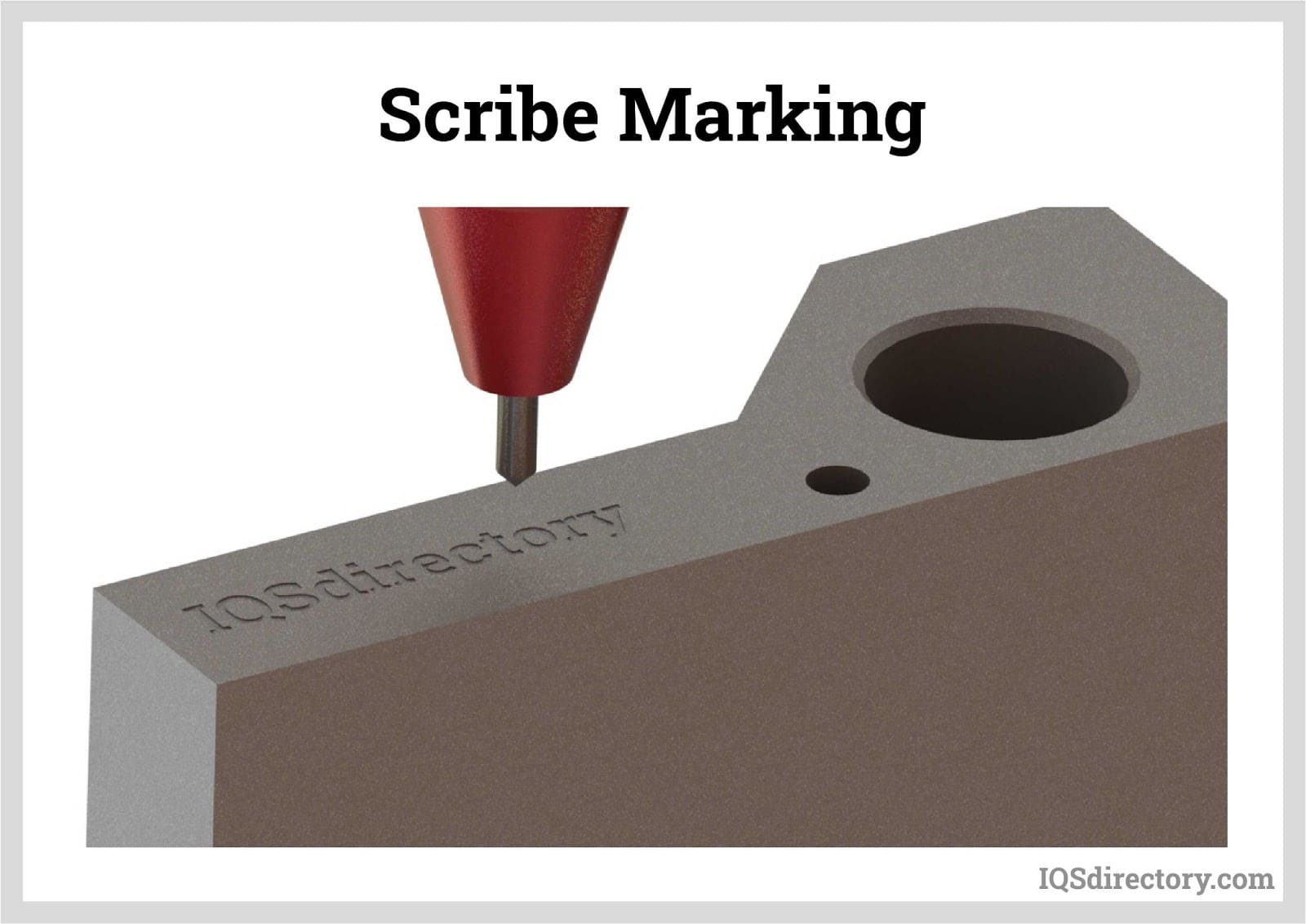
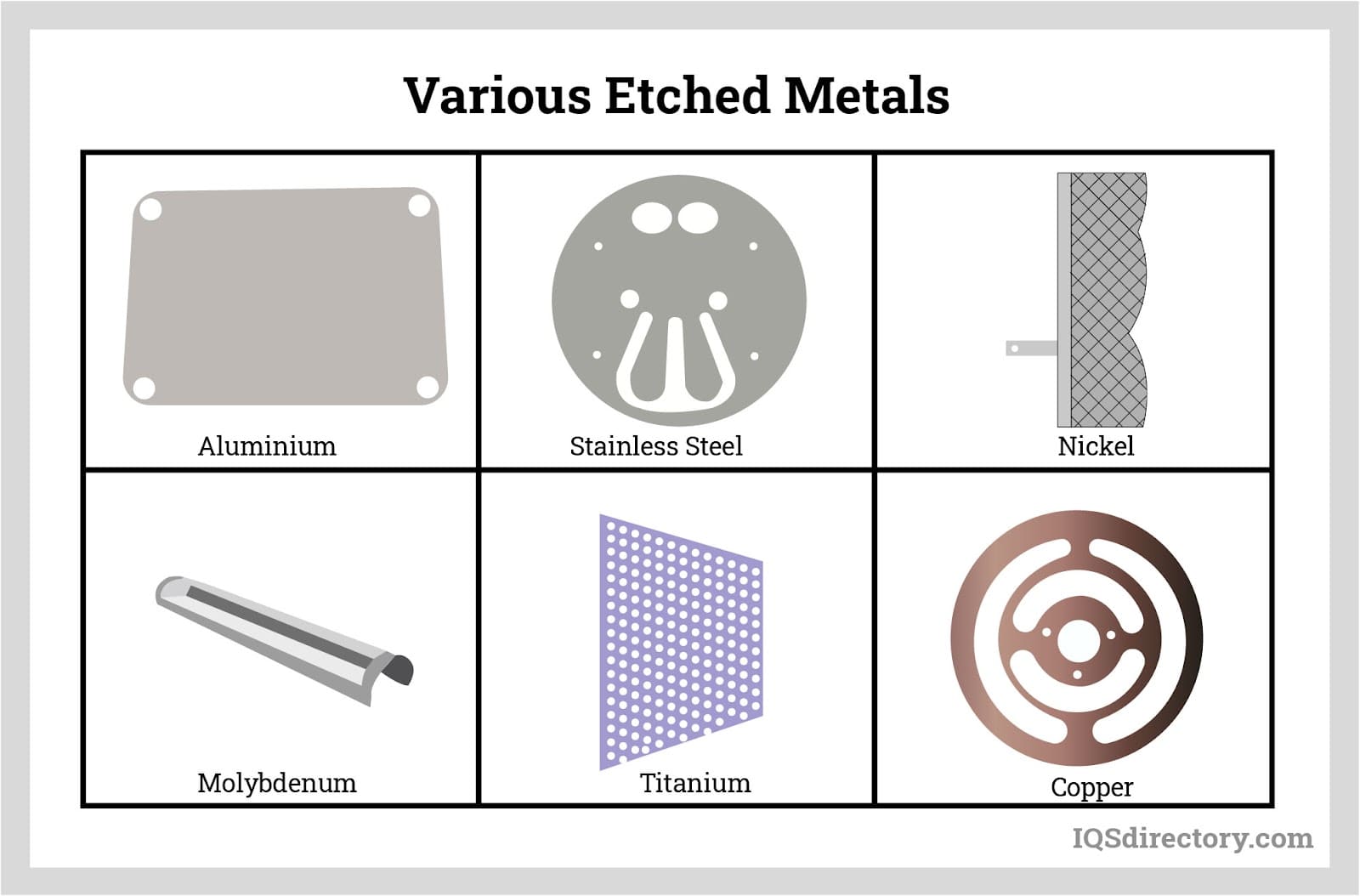
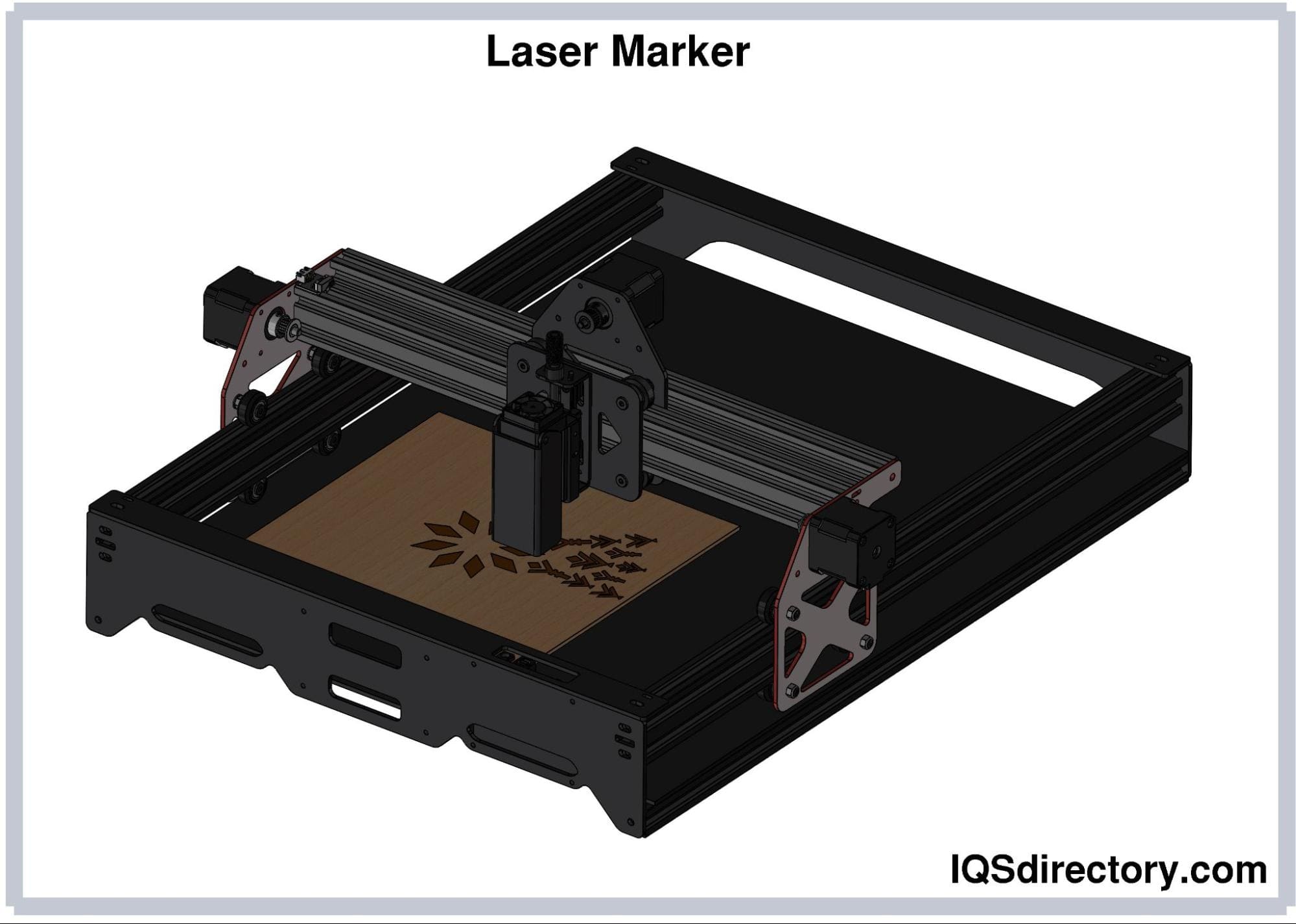
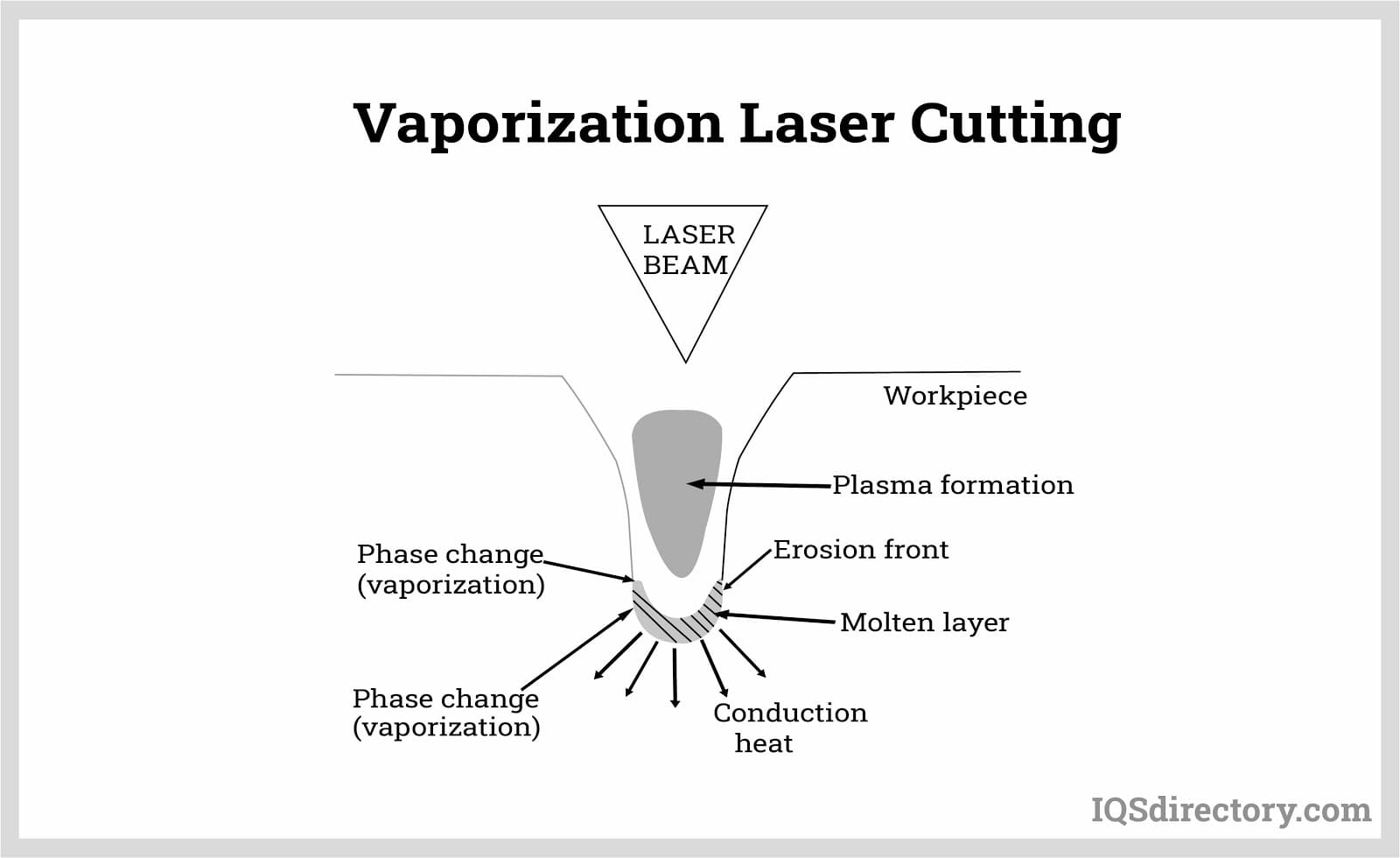
 Automation Equipment
Automation Equipment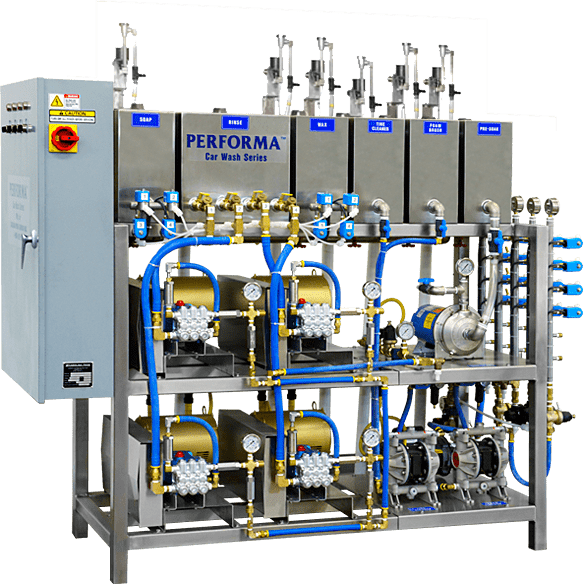 Car Wash Equipment
Car Wash Equipment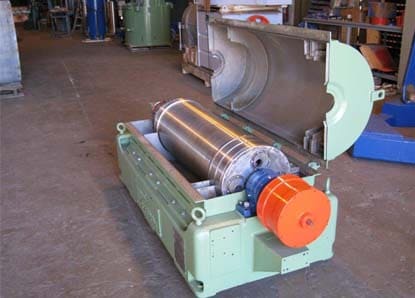 Centrifuges
Centrifuges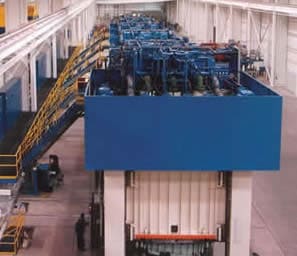 Hydraulic Presses
Hydraulic Presses Lasers
Lasers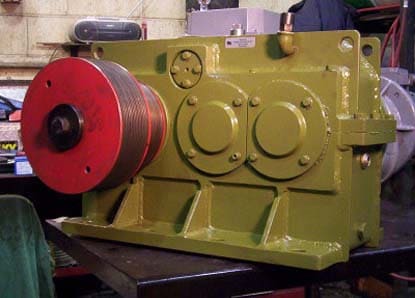 Machinery Rebuilders
Machinery Rebuilders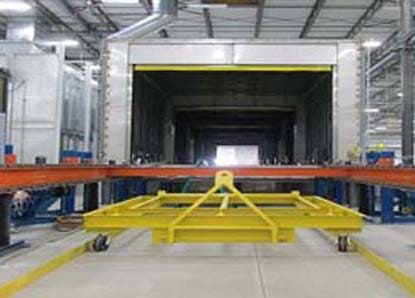 Paint Finishing Equipment
Paint Finishing Equipment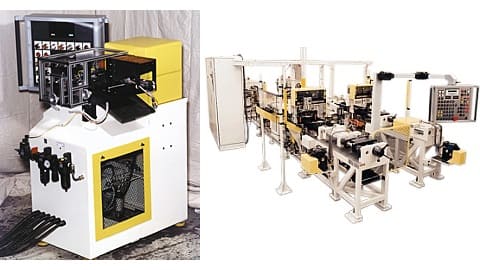 Tube Forming Machines
Tube Forming Machines Castings & Forgings
Castings & Forgings Bulk Material Handling
Bulk Material Handling Electrical & Electronic Components
Electrical & Electronic Components Flow Instrumentation
Flow Instrumentation Hardware
Hardware Material Handling Equipment
Material Handling Equipment Metal Cutting Services
Metal Cutting Services Metal Forming Services
Metal Forming Services Metal Suppliers
Metal Suppliers Motion Control Products
Motion Control Products Plant & Facility Equipment
Plant & Facility Equipment Plant & Facility Supplies
Plant & Facility Supplies Plastic Molding Processes
Plastic Molding Processes Pumps & Valves
Pumps & Valves Recycling Equipment
Recycling Equipment Rubber Products & Services
Rubber Products & Services